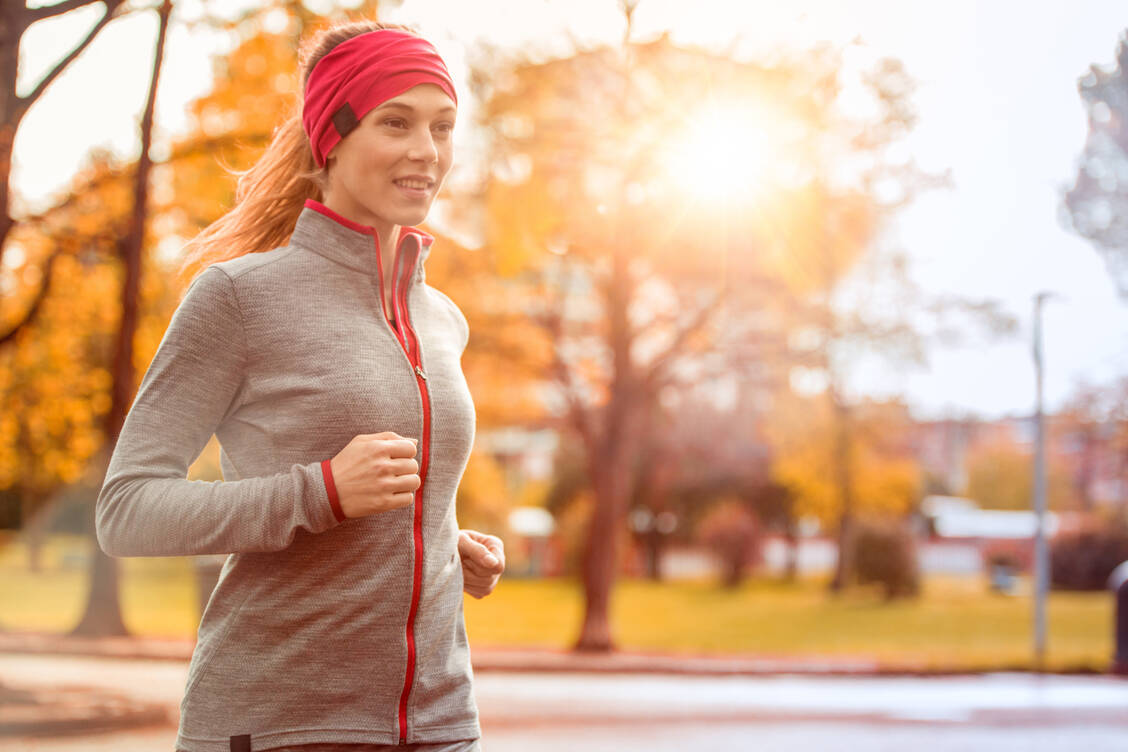Just as door hinges need to be lubricated to prevent squeaking, joints need sufficient lubricant to glide smoothly against each other. As the cartilage is not connected to the bloodstream, the synovial fluid also supplies it with nutrients. Under load, the cartilage is squeezed out like a sponge, and when the load is removed, it absorbs nutrient-rich synovial fluid. Regular alternation between loading and unloading and a sufficient supply of joint-active nutrients therefore keep the cartilage healthy. The essential substances for cartilage and joints include glucosamine, chondroitin sulphate, hyaluronic acid and collagen. Glucosamine is an amino sugar contained in large compounds such as proteoglycans and, like chondroitin sulphate, is an important component of cartilage. Hyaluronic acid is a long-chain molecule with a high water absorption capacity, which increases the viscosity of the synovial fluid. As a structural protein, the fibre molecule collagen strengthens cartilage, bones and joints.







